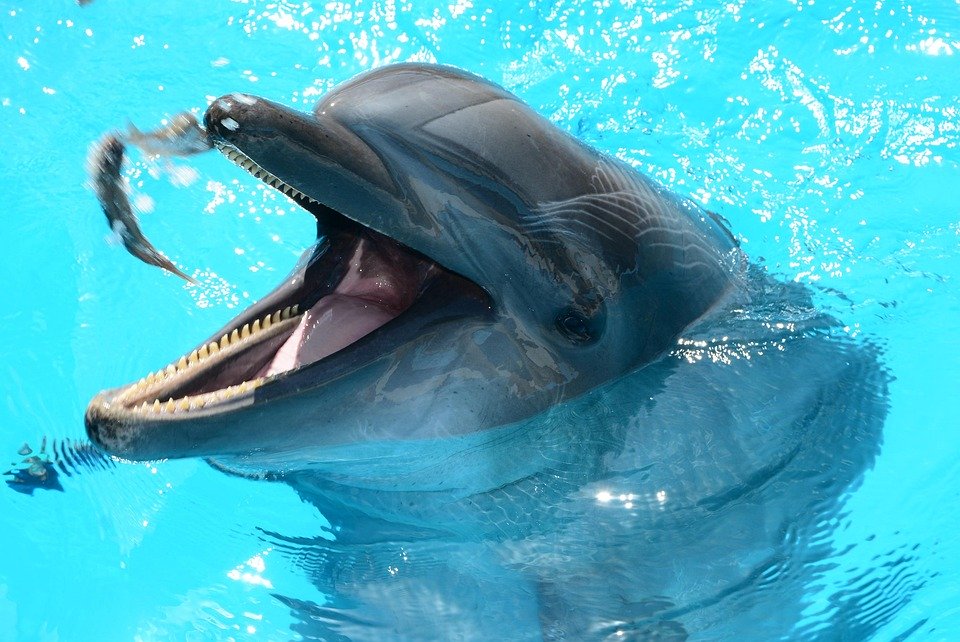As an experienced freshwater fish keeper, you’ve likely faced the challenge of managing water quality in your tank. One of the most concerning issues is high nitrate levels, which can harm your fish and disrupt the delicate balance of your aquarium ecosystem. In this article, we will explore what causes high nitrate in fish tanks, provide effective solutions, and help you maintain a vibrant environment for your aquatic pets.
Understanding Nitrate and Its Impact on Aquarium Life
Nitrate (NO₃⁻) is a natural byproduct of the nitrogen cycle, which is crucial for maintaining a healthy aquarium. In ideal conditions, beneficial bacteria convert ammonia (toxic waste from fish) into nitrite and then into nitrate. While nitrate is less harmful than its predecessors, high levels—typically above 40 ppm—can still lead to stress and illness in fish.
Common Symptoms of High Nitrate Levels:
- Lethargy: Fish may appear sluggish and less active.
- Clamped Fins: This is a sign of stress or poor water quality.
- Gill Damage: Chronic exposure can lead to respiratory issues.
- Algal Blooms: Excess nitrate can fuel unwanted algae growth.
Primary Causes of High Nitrate in Fish Tanks
Understanding the root causes can help in preventing high nitrate levels. Here are common contributors:
1. Overfeeding
Feeding your fish more than they can consume leads to uneaten food breakdown, contributing to increased nitrate levels.
2. Infrequent Water Changes
Regular water changes dilute nitrates and other waste products. Skipping these can lead to buildup over time.
3. Inadequate Filtration
Using the wrong filter or one that isn’t maintained properly can fail to remove nitrates effectively.
4. Overstocking Your Tank
A crowded aquarium produces more waste, resulting in higher nitrate accumulation.
5. Substrate Debris
Decaying organic matter, such as leftover food or plant debris, can also contribute to elevated nitrate levels.
Effective Solutions for Managing Nitrates
Now that you understand what causes high nitrate levels, let’s explore practical solutions to keep your aquarium healthy.
Regular Water Changes
- Frequency: Aim for 10-15% weekly water changes or 25% bi-weekly.
- Technique: Use a siphon to remove debris from the substrate.
Monitor Feeding Habits
- Feed Sparingly: Only give as much food as fish can consume within 3-5 minutes.
- Quality Food: Invest in high-quality, low-waste food options.
Improve Filtration
- Select the Right Filter: Use a filter rated for your tank size or consider adding a denitrator.
- Regular Maintenance: Clean the filter regularly to ensure optimal performance.
Maintain Adequate Stocking Levels
- Tank Size Consideration: Research the adult size and needs of each species.
- Avoid Overcrowding: Follow recommended stocking levels to prevent excessive waste.
Use Live Plants
- Natural Nitrate Absorbers: Live plants can absorb nitrates and improve overall water quality.
- Plant Choices: Fast-growing species like Hornwort and Anacharis are excellent options.
FAQ: High Nitrate Levels
Q: How can I test nitrate levels in my tank?
A: Use an aquarium test kit specifically designed to measure nitrate levels, available at most pet stores.
Q: What is the ideal nitrate level for my fish?
A: A target range is typically below 20 ppm for most freshwater fish. Research specific species’ needs for accurate backgrounds.
Q: Can high nitrates kill my fish?
A: Yes, prolonged exposure can lead to serious health issues and decrease fish lifespan.
Conclusion: Keeping Your Aquarium Healthy
Managing nitrate levels is vital for a thriving aquarium. By adopting regular maintenance routines and being mindful of your fish’s needs, you can create a harmonious environment that fosters healthy growth. Whether you’re just starting with your first tank or you’re a seasoned hobbyist, tackling high nitrate levels is essential for your aquatic family’s well-being.
Next Steps: Share your favorite freshwater species in the comments below or discuss your tank management tips! Join our community and learn from fellow enthusiasts who are just as passionate about keeping their fish happy and healthy. Happy fishkeeping!

Leave a Reply